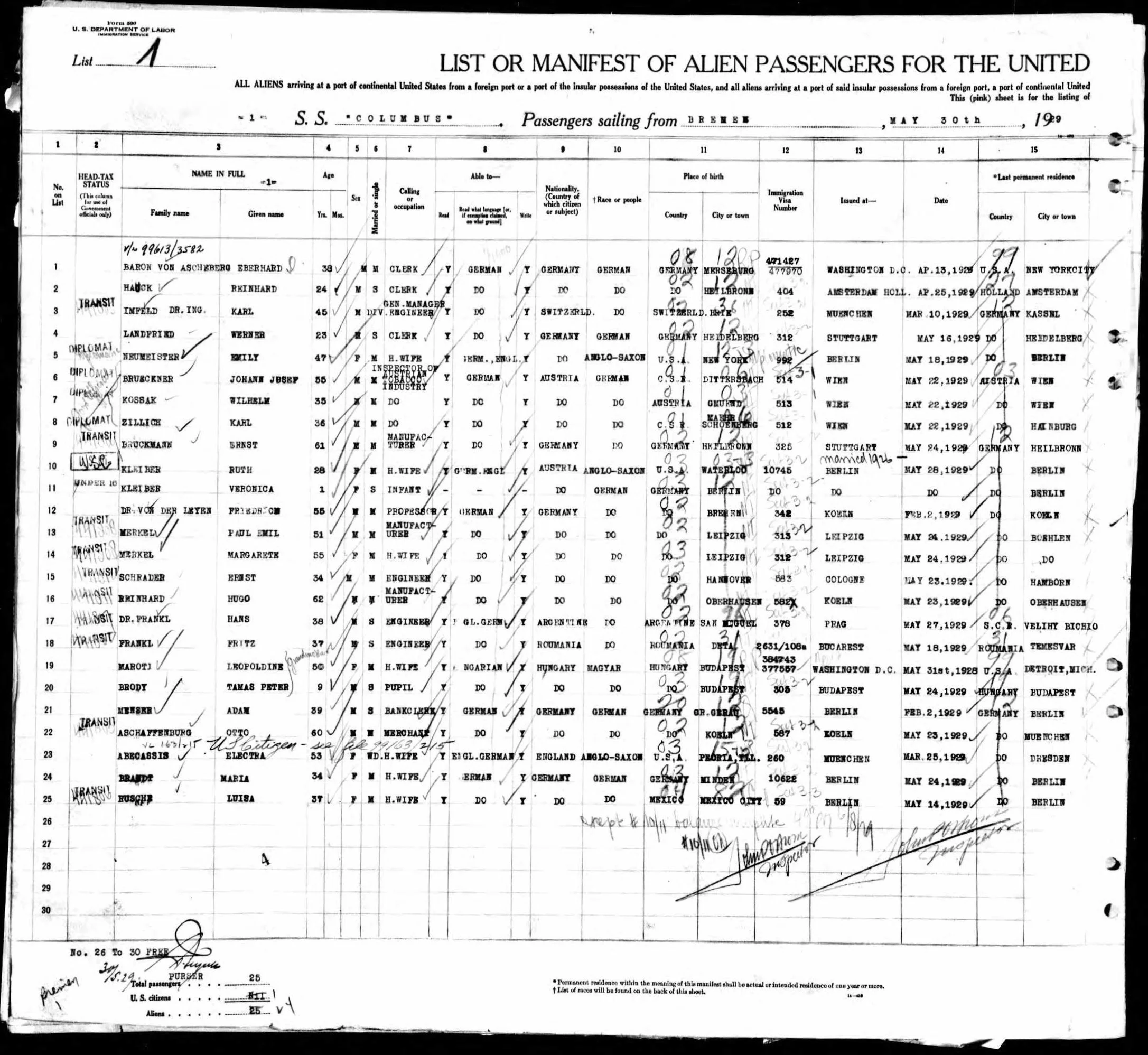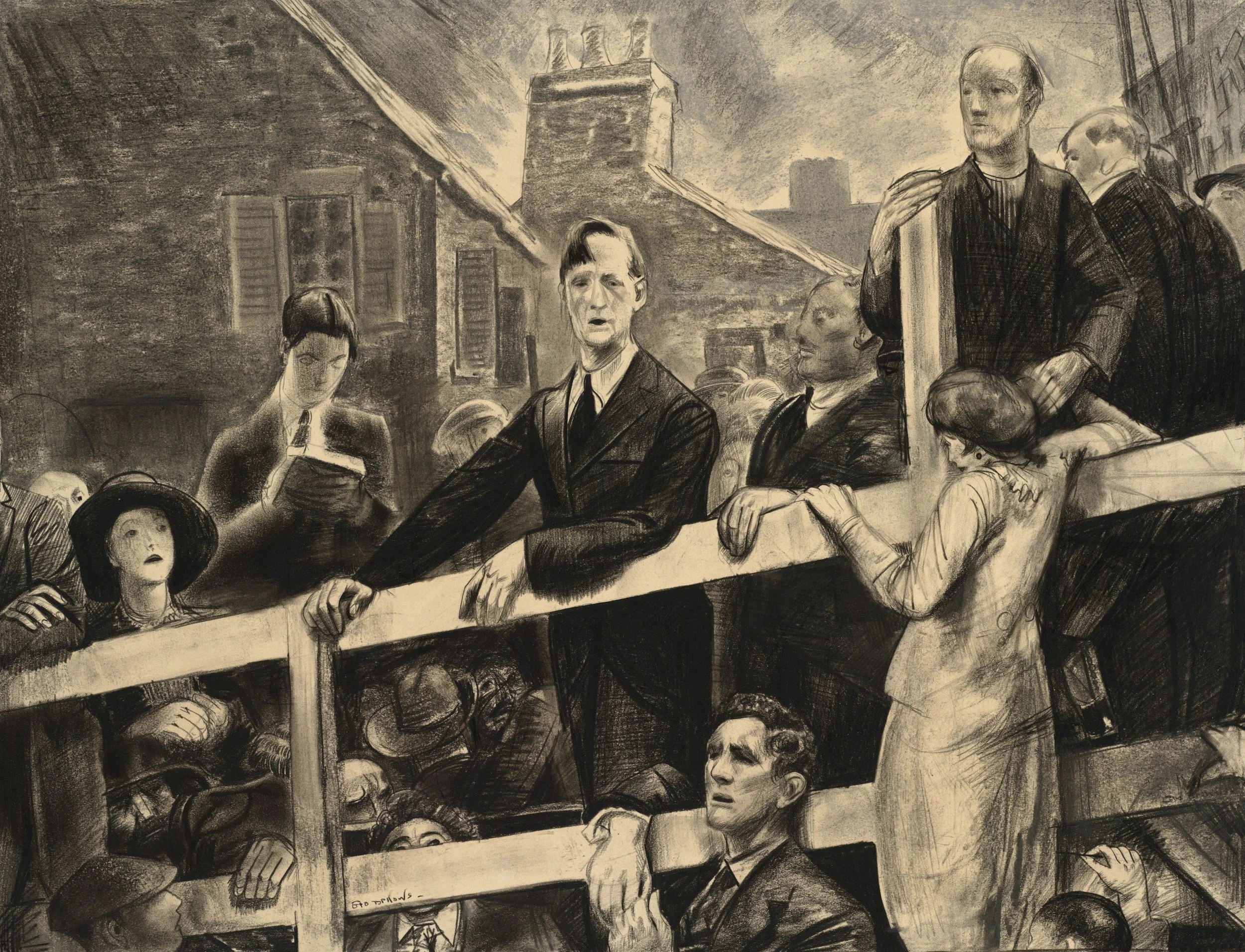Swedish Ancestry in Polk Co., Wisconsin
Affiliate Disclaimer: this page uses affiliate links. I may earn commission on any sales made through these links.
Hej! You have probably found yourself on this blog for one of two reasons: either you are interested in Swedish ancestry, or you yourself have family history in Polk County, Wisconsin. Surely you aren’t here because you are actually interested in Polk County without any personal connection drawing you to it - you’re probably thinking, where the heck is Polk County, anyway?! If you are from around the Twin Cities, maybe you visited St. Croix Falls… once… as a child on a weekend family trip… in which case you might have at least heard of Polk County; but other than a sightly waterfall on its western border with Minnesota, Polk County - and I’ll be honest here - has little going for it.
Or rather, it has little going for it for the average visitor.
But for me? For me, visiting Polk County to research my Swedish ancestry (around the Balsam Lake area, to be exact) turned out to be my best genealogy trip to date, which just goes to show that location doesn’t matter!
You might believe that a family history trip wouldn’t be fun because your ancestors aren’t from anywhere noteworthy.
To that I say this: even the most inconspicuous of places can offer magical of moments because you have a reason to be there. You have the opportunity to see the beauty in the history and the landscape because of your ancestry. Take my trip to Polk County as proof. It was full of unbelievable surprises, coincidences, and beautiful family connections.
Swedish Settlers in Polk County, Wisconsin
Charles and Charlotta Bergren with their children, ca. 1900
On the face of it, there was nothing unique about my Swedish family settling in this area of Wisconsin, which was made up of mostly German and Scandinavian settlers. Crop failures in Sweden, which began in the 1860s, aligned nearly perfectly with the 1862 passage of the Homestead Act; together they brought droves of Swedish settlers to the west and my ancestors were some of the first Swedes to get in on the deal. My 3rd-great grandfather, Peter Andersson, was the first of the family to arrive in the United States, in 1867 according to congregational records of the East Immanuel Lutheran Church. He filed his Declaration of Intent to naturalize the following year in 1868 and part of my genealogy trip included a visit to the Minnesota Historical Society to flip through microfilm and find this record (successfully, I might add!).
The rest of the family followed suit: Peter’s daughter - my 2nd great grandmother Charlotta - along with her husband Charles and their children in 1881, and eventually Charles’ father Gustaf in 1885.
Charles and Charlotta were the subjects of my last visit to the area a few years ago, but besides visiting their grave I had not done enough research to explore their lives any further. But this time was different: I was prepared.
Preparing for the Genealogy Trip
I had spent the last several weeks intensely researching my Swedish family - Charles and Charlotta Bergren, Charles’ father Gustaf Niklasson, and Charlotta’s father Peter Andersson. I was taking note of all the places of significance in their lives: property, churches, burial sites, etc., as well as places that may aid me in furthering my research once I returned home, such as the Polk County Historical Society in Balsam Lake.
But it’s never enough to just research: you need to organize.
For that I used my Genealogy Travel Planning Pages (you can purchase the bundle for just $9.99!) - I organized places to visit by ancestor, grouped nearby places with one another, had a to-do list (records to retrieve, questions to ask, etc.) and even had a page for optional tourist attractions near my family sites. And then it was time to go to Wisconsin.
Visiting my 2nd Great Grandfather’s Property
The place at the top of my list to visit was the property of my great-great grandfather, Charles Bergren. Charles purchased the property via the Homestead Act, and the borders of his property changed over time as I followed them in the 1887, 1914, and 1924 plats of Garfield Township.
I mapped his property in Google My Maps which is how I came to discover that part of what was once his property is now within the Balsam Branch Ski Trails area. A public trail system, you say? I don’t have to trespass on private property to explore the land my ancestor once owned? Perfect!
Charles’ property in a 1914 plat of Garfield Township. He sold part of his property to his son August - A.G. Bergren’s property shown here is now the borders of the Balsam Branch Ski Trails.
I felt completely content with the fact that I had just walked through the forest that my Swedish immigrant ancestor had once owned and traversed himself. Was there anything inherently special about the Balsam Branch Ski Trails? No (besides, I’m sure they’re prettier in the winter). But this little parcel of land is part of my history, and it felt so special to be there. But nothing could have prepared me for next surprise the area had in store for me.
Historic Round Barns
A few years back my grandma, aunts, and distant cousins put together a family cookbook to share old and new family recipes. True to our Swedish heritage, it includes recipes for glogg, aggkaka and fattigmann cookies; it has recipes passed down from my great-grandmother, as well as my grandma’s beloved bran muffins. But perhaps the most treasured part of the book is the prologue: a brief history of our Swedish family.
The prologue contains a photo from 1995 of an old barn built by my 2nd great grandfather Charles, as well as a snippet of information about him and his craftsmanship:
His specialty was building barns, round wood and stone barns as well as the big hipped-roof red barns with white trim. He built six round barns in Polk County Wisconsin, two of which are still standing.
Charles and Charlotta Bergren and family pictured at their home on 120th Ave near Balsam Lake, c. 1910
Having been written in the 1990s, I had no expectation to come across one of these barns. I thought certainly they had been destroyed by now. Even if they weren’t, how would I even go about finding the two standing ones, and if I did find them, how would I even know they were built by Charles? These round barns weren’t anywhere on my radar for this genealogy trip, but as we pulled out of the Balsam Branch Ski Trails that were once on Charles’ property, headed to our next destination of Balsam Lake, I looked across the street and saw a structure that looked suspiciously familiar.
From the back seat of my friend’s car I blurted out “I think my ancestor built that…”
So we pulled the car around; little did I know this was the beginning of something beautiful.
Although officially it is called the John Lindstrom Round Barn, I was certain this barn that we stumbled across was built by Charles, particularly because it is literally across the street from his property and where the old family house once stood. The speckled asphalt roof (apparently added around 1955) matched that pictured in the old photo in the family cookbook, too:
When I returned back home I excitedly posted my findings in a local Swedish genealogy Facebook group, and a woman who works as the Director of a nearby small-town museum replied and said “I think our museum has a drawing of that barn!”. She mailed me the drawing along with a blurb about the artist and the barn. Turns out it wasn’t the same barn based on the location… but to my surprise the builder accredited to the barn in the drawing was none other than August Bergren - Charles’ son! Now, whether August was truly the builder or if he was incorrectly credited for the work of his father, we will never know. But what is known for certain is that these round barns are a part of my family story.
Drawing of August Bergren’s round barn by artist Frieda Rich
I had no idea my family’s barn-building had such an impact on Polk County. In fact, the round barn we had stumbled on across the street from Charles’ property - the John Lindstrom barn - is on the National Register of Historic Places!
My genealogy trip to Polk County left me with so much more knowledge about my family’s architectural impact on the area, and now I am a proud owner of a drawing of one of their barns - a souvenir from my trip I couldn’t have imagined having.
But if you thought this is where the story ended, think again. My genealogy trip, believe it or not, was about to get better.
Family Heirlooms in the Polk County Museum
The next stop on the genealogy trip was to the Polk County Museum at Balsam Lake. I was interested in seeing their archives, but also getting a better understanding of the general history of the area.
The museum is housed in the beautiful 1899 courthouse building and has two stories of displays. I made my way up to the second floor where there were display cases showing artifacts from early immigrants of the area, separated by nationality. There were German, Norwegian, and Swedish display cases showing items from every day life: clothes, tapestries, books, trunks. I enjoyed looking through the Swedish display to get a sense of the types of items my family may had brought with them from Sweden: what color schemes and patterns would they have used? What would have been valuable to them? A krumkaka iron. A spinning wheel. A sockerhack.
I had spent so much time scanning over old plats of the nearby townships that I felt I had a good familiarity with all the early Swedish families who had settled in the area. So, as a genealogist does, I began looking at the labels of each item in the display case to see if I recognized any names. I got through nearly the entire display case before leaning in to read the label accompanying a black and red shawl hanging in the back corner. To my utter disbelief, this was the label:
I had just found an actual piece of clothing owned by my great-great grandmother. A piece of clothing she had brought from Sweden 140 years ago. A piece of clothing that was now hanging right in front of me.
Now, this would have undoubtedly been the highlight of my visit to the Polk County Museum if it wasn’t for the unfettered access we were given to their haphazard archives room - because that was pretty darn fun too. I had a mission to find Charles and Charlotta’s death notices in newspapers that weren’t yet published on Newspapers.com (P.S. - get 35% of a Newspapers.com Publisher Extra subscription!). I wasn’t successful in finding anything, but hey - it just means I’ll have to return some day.
The archives room. at the Polk County Museum
My great-great grandmother’s shawl at the Polk County Museum
My great-great grandfather’s round barn
Plan your Genealogy Trip Now!
I hope this story inspires you to plan your own genealogy trip - I’m here to help, wherever your family history may take you.
For do-it-yourself planners, consider using the Roam Your Roots downloadable Genealogy Travel Planning Pages!
Or, if you need more hands-on research assistance, you can book a free consultation call with me - read more about my genealogy research services here.
Looking for something else to read? Check out these popular blog posts ⬇️















